I've been designing a power supply for an audio system and for the new version I was thinking of doing that with the transformers totally isolated.
Can I connect the grounds like I drew it in the picture?
The transformer normal is the usual one that I'm familiar to, the transformer is what I want to make for the new version and the question is if I can joint the GND as you can see in the picture.
Thanks in advance for any kind of suggestion

